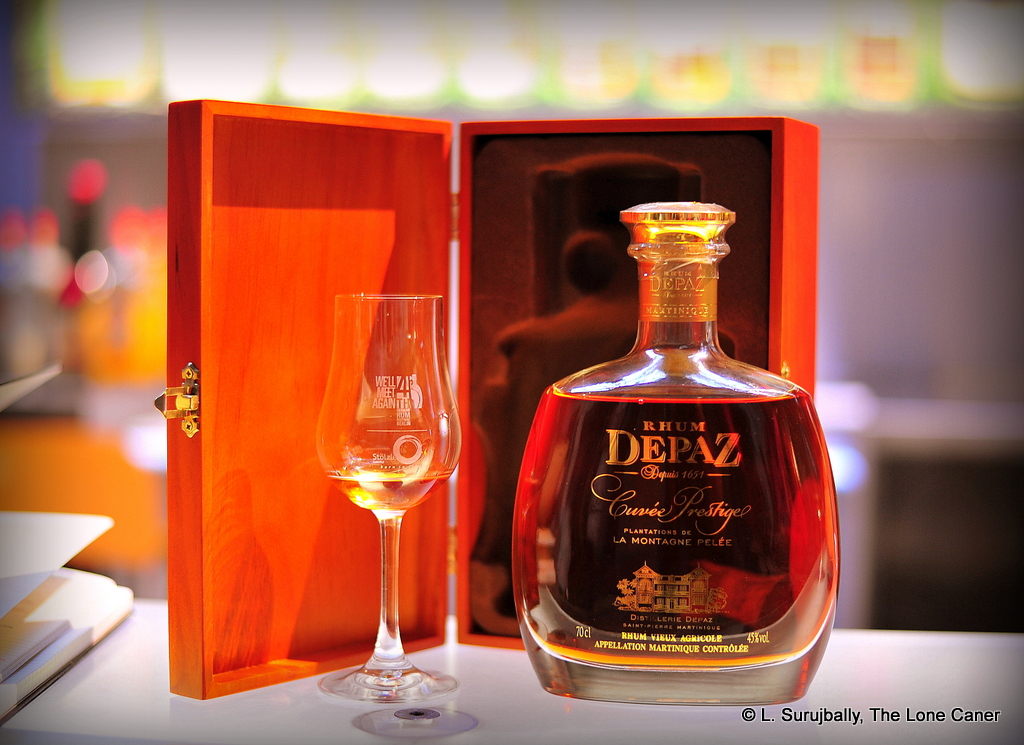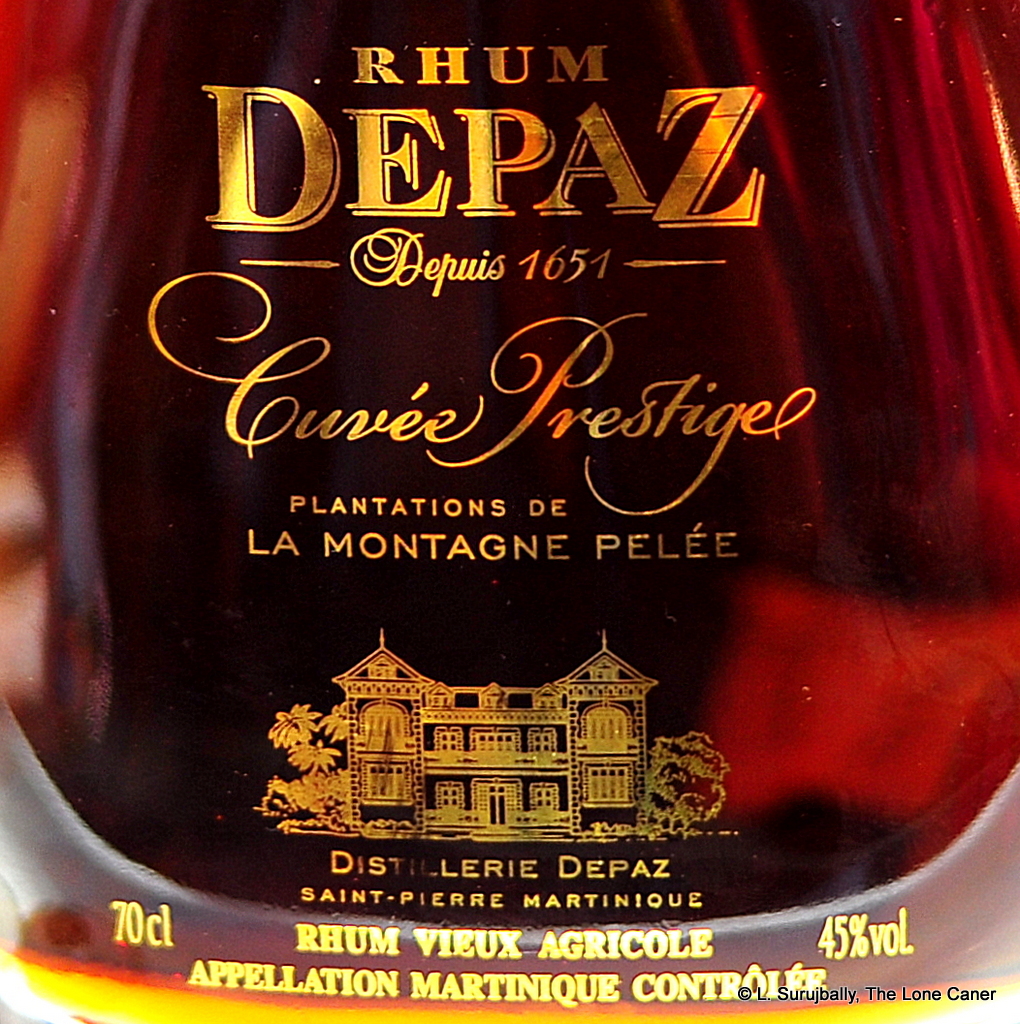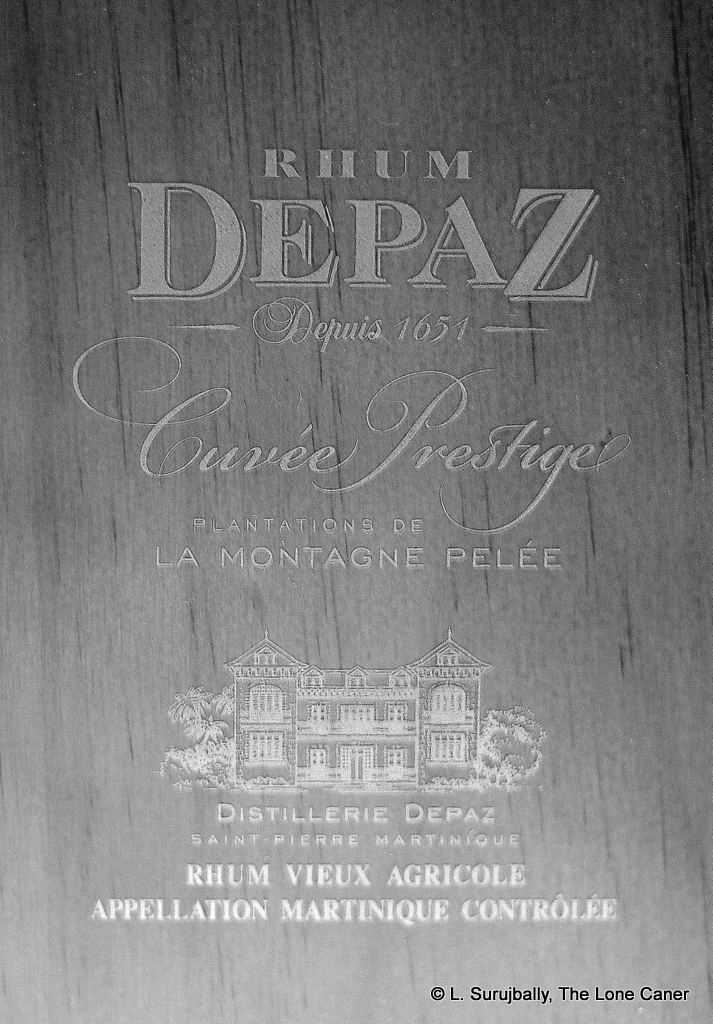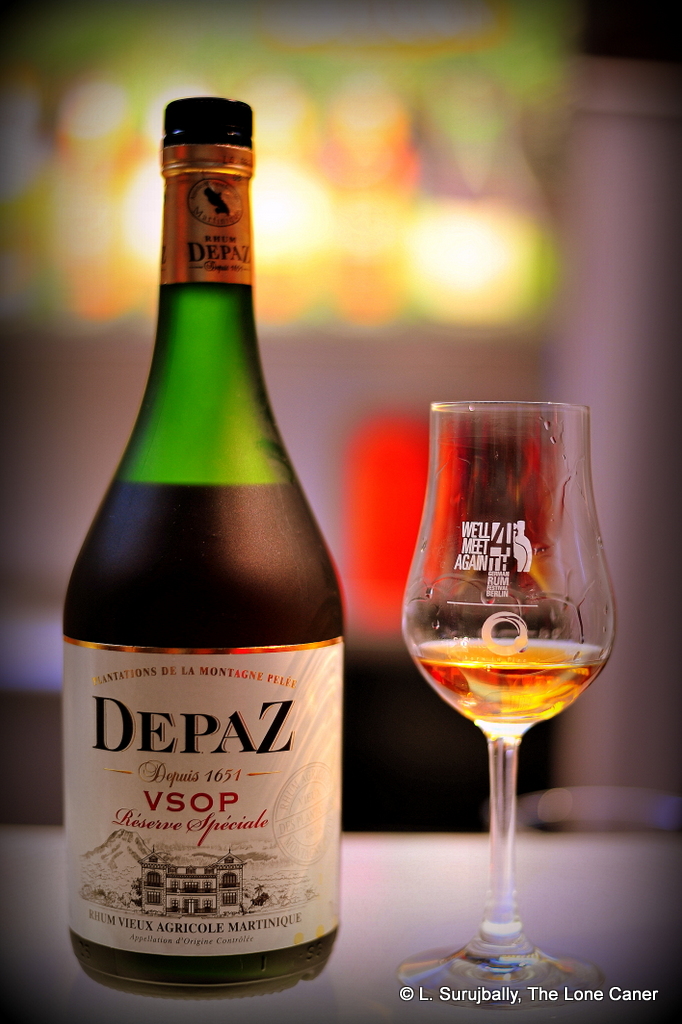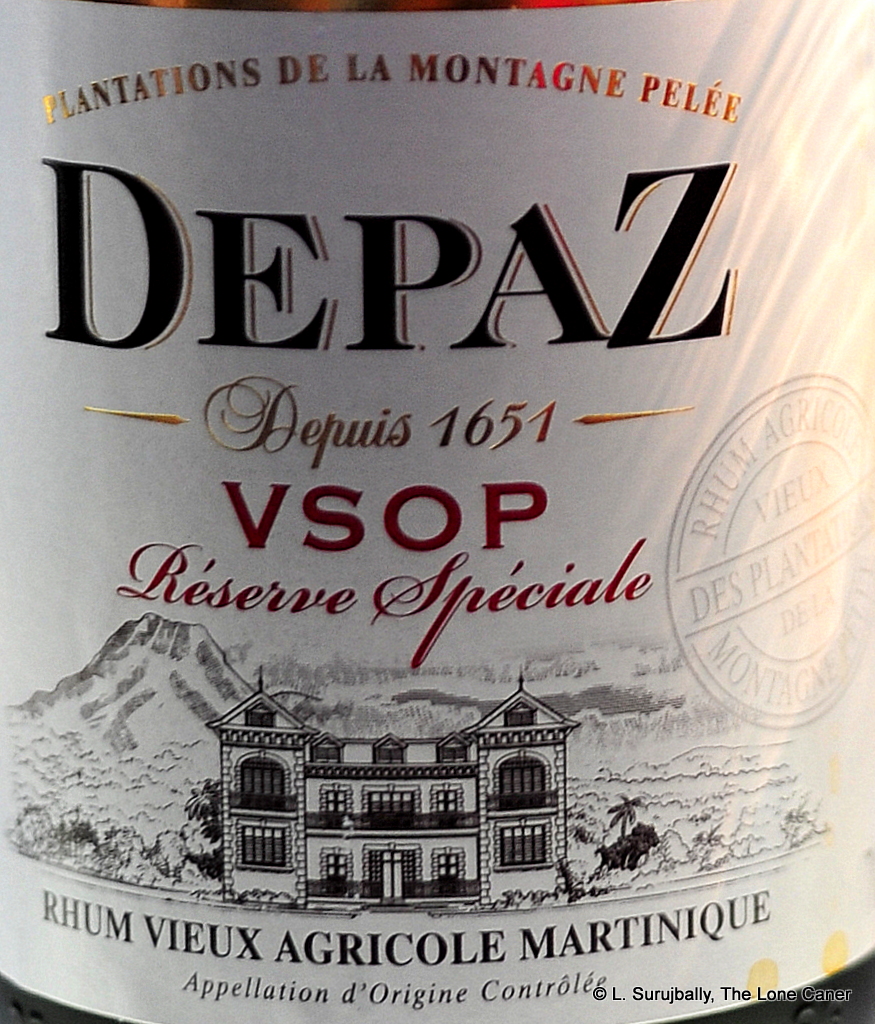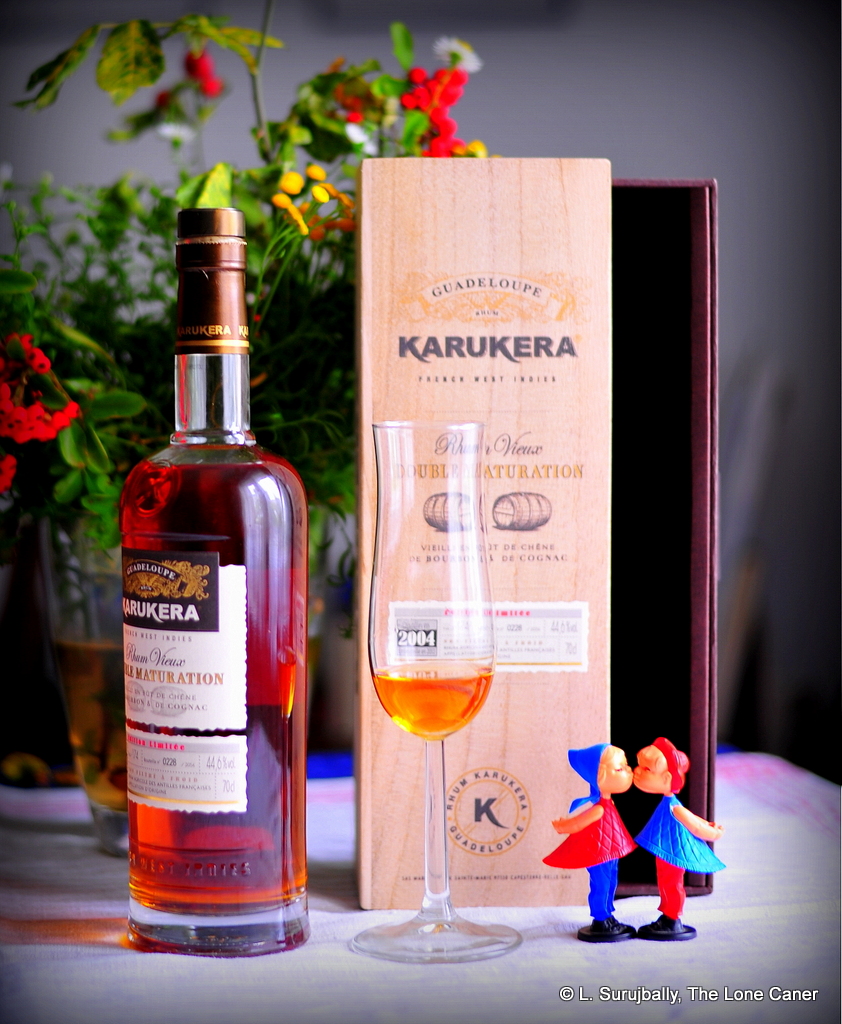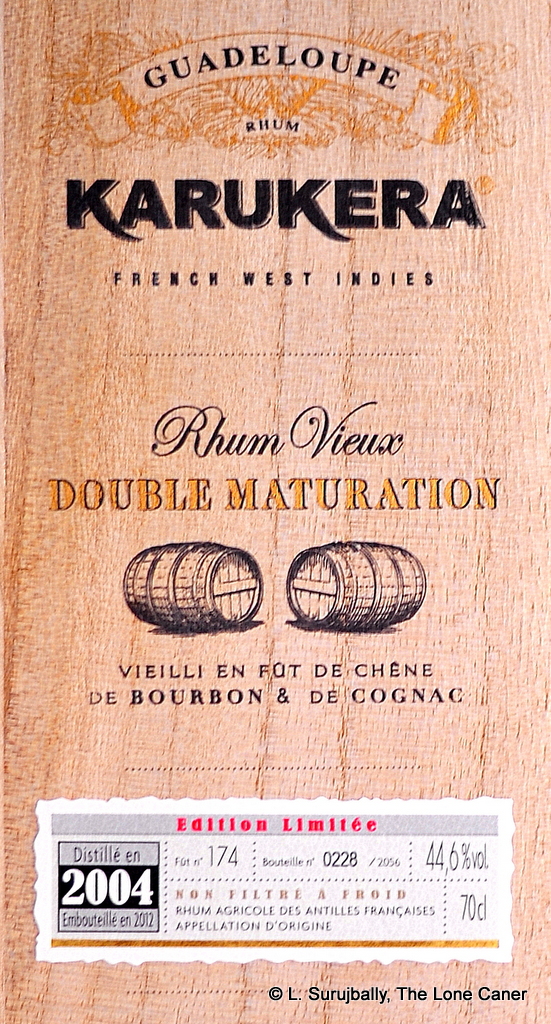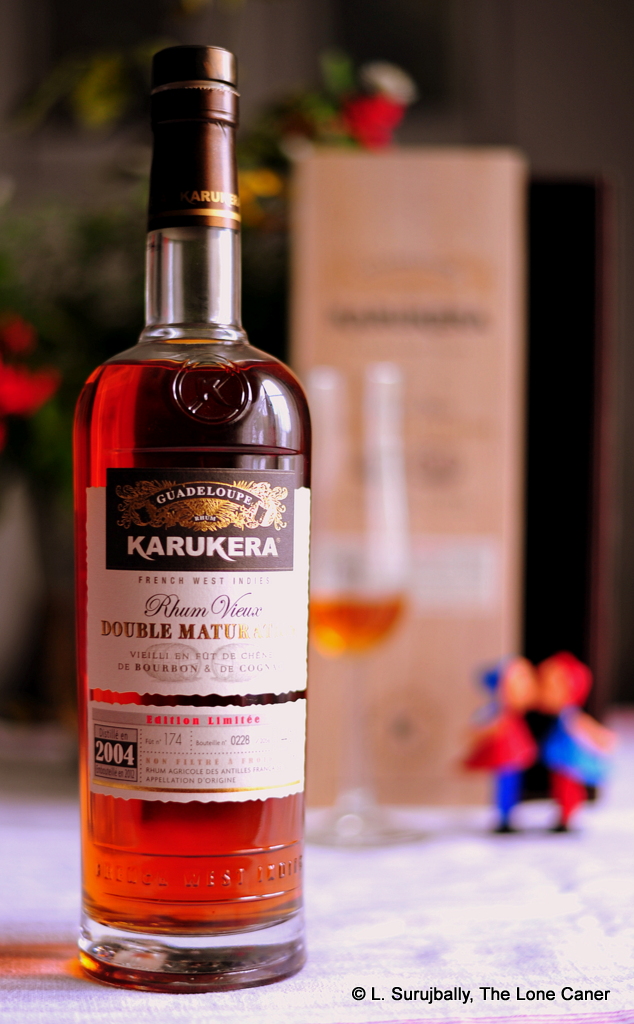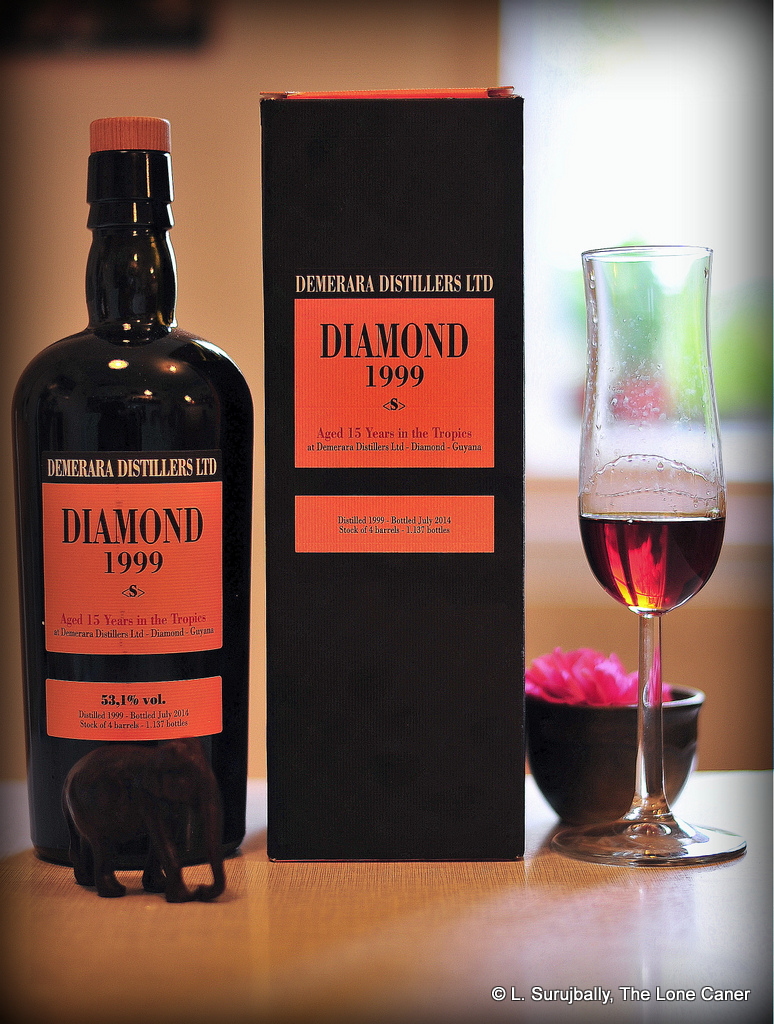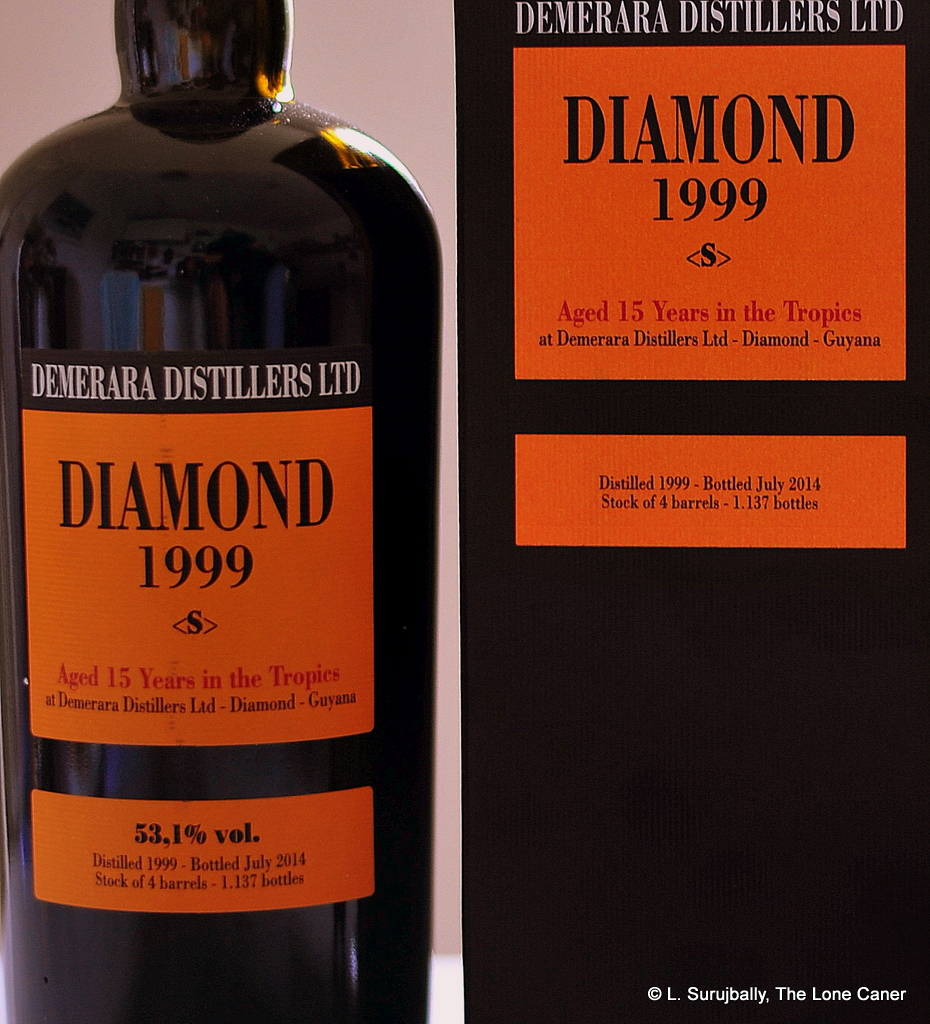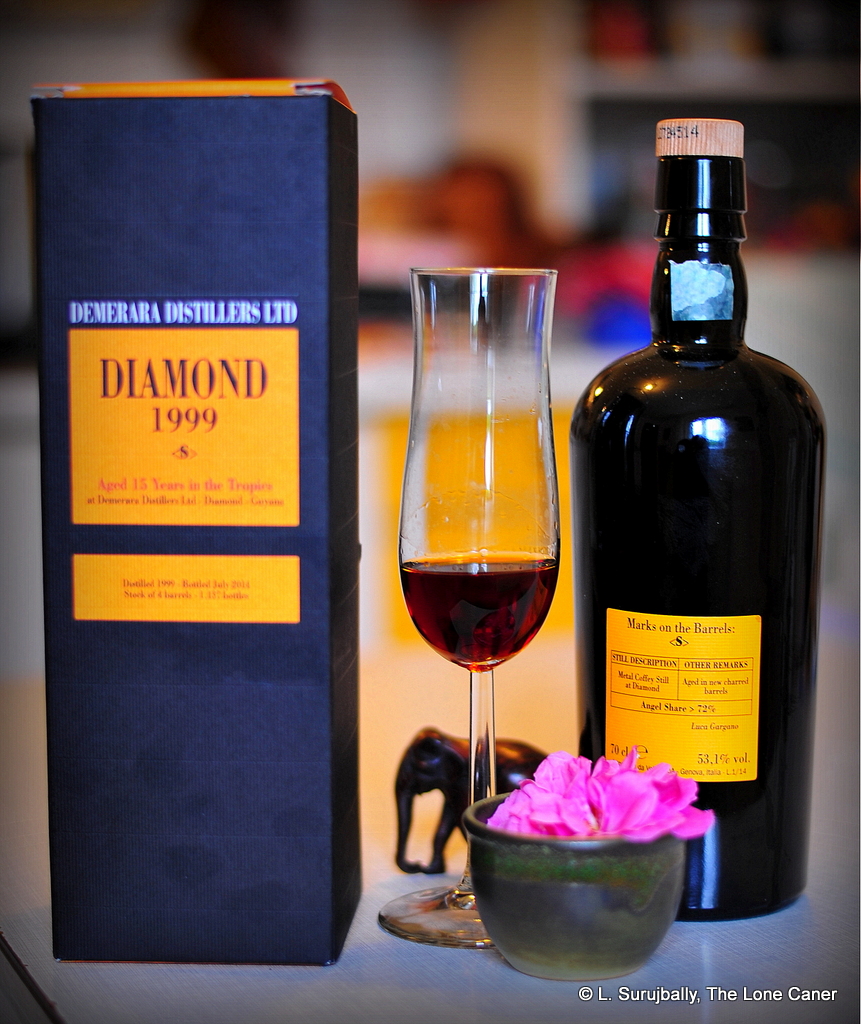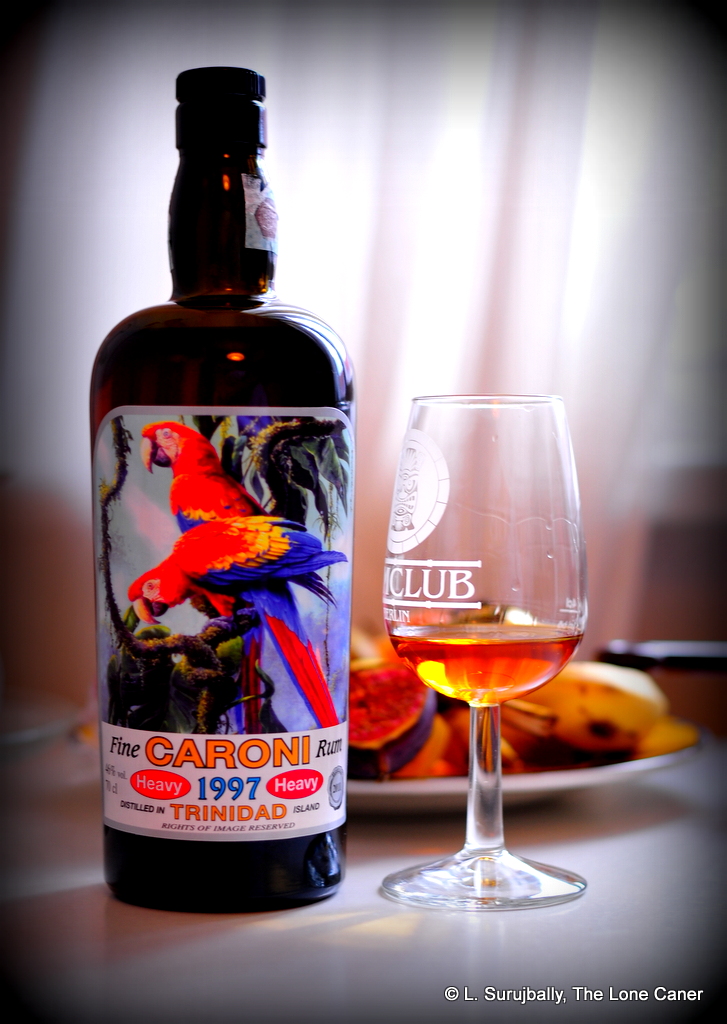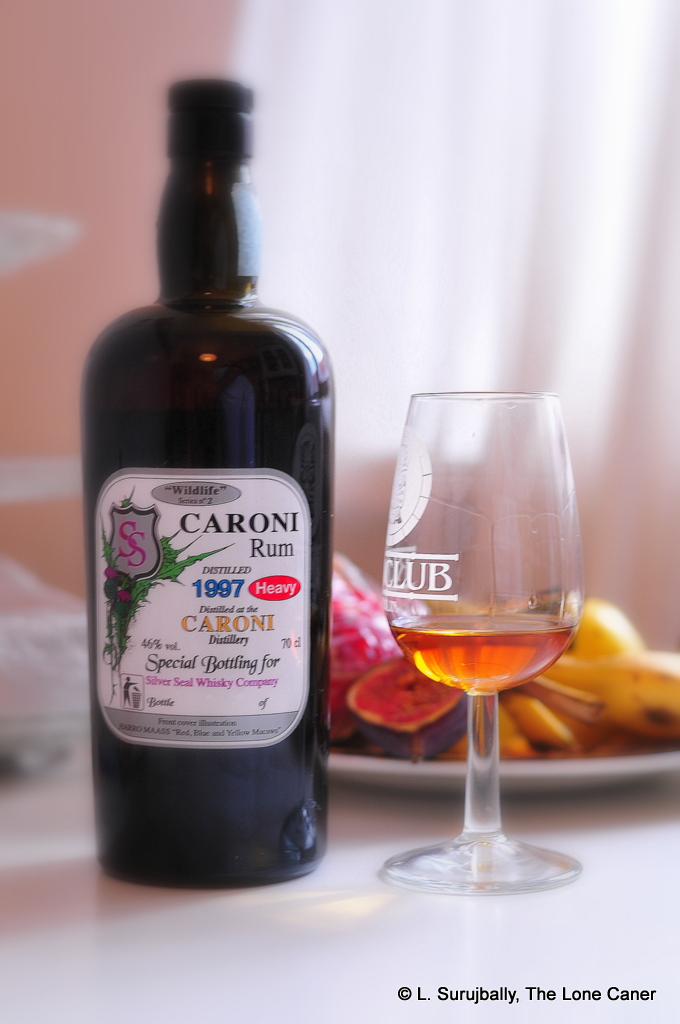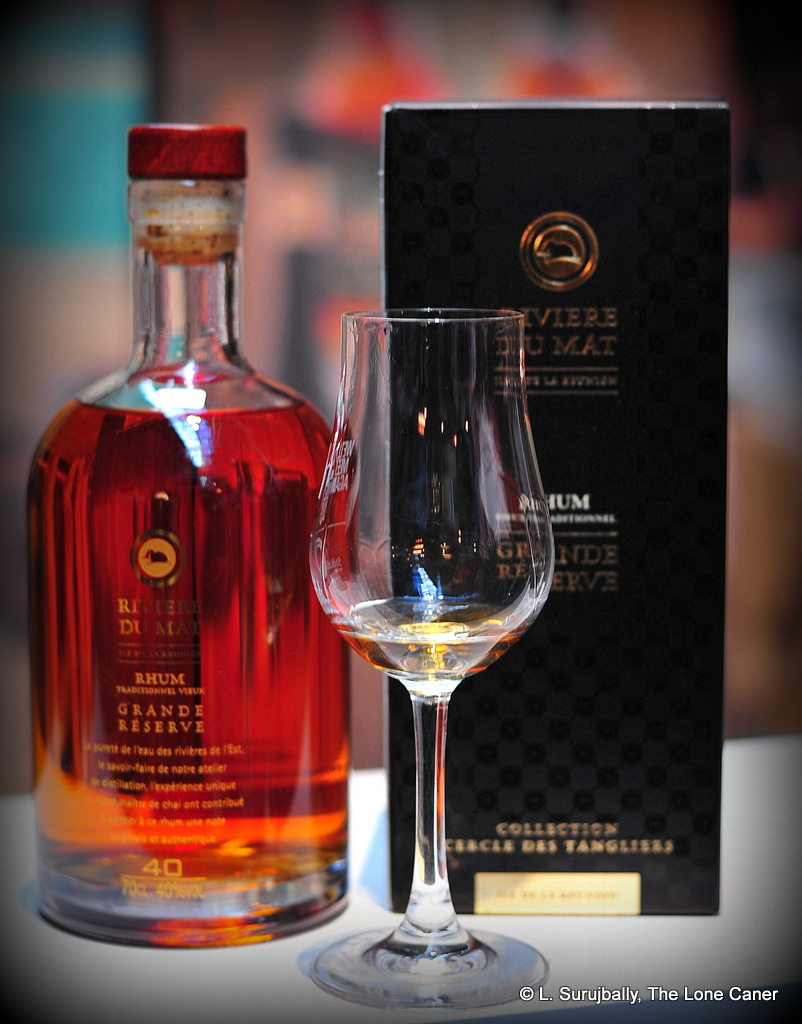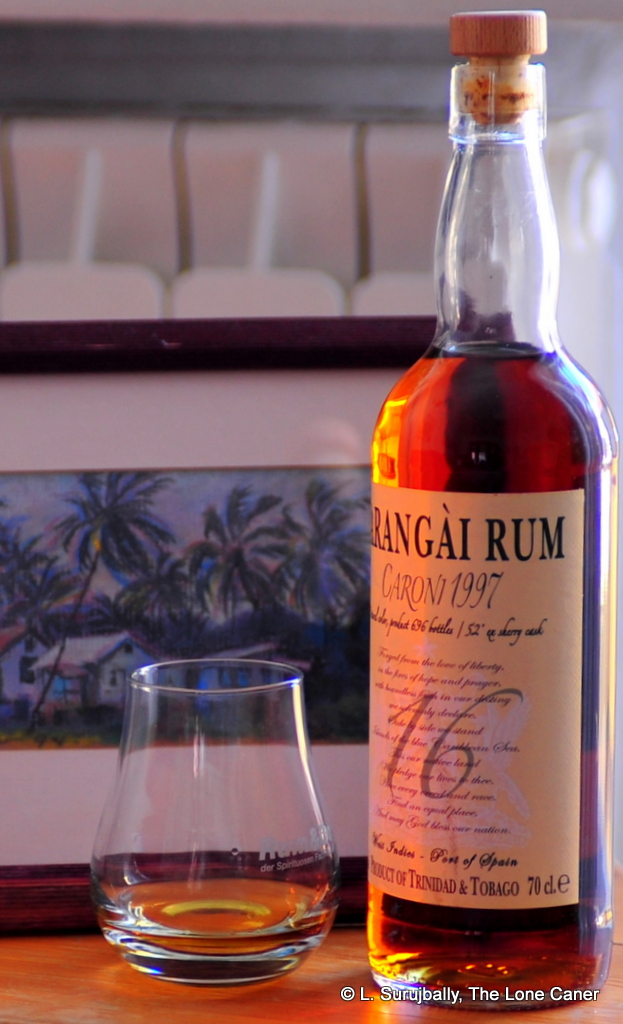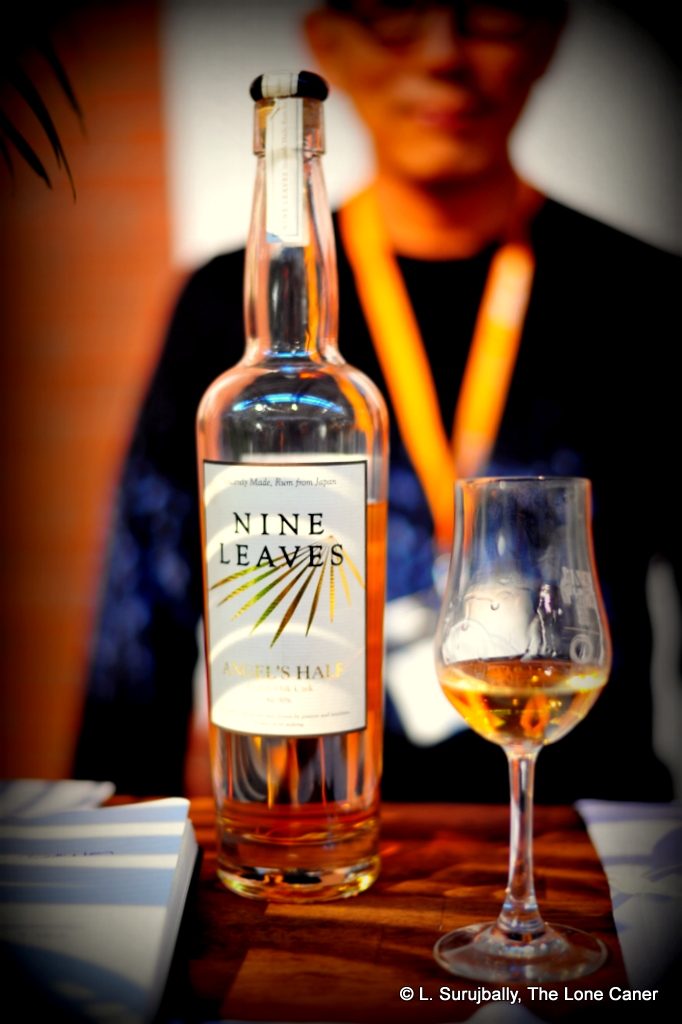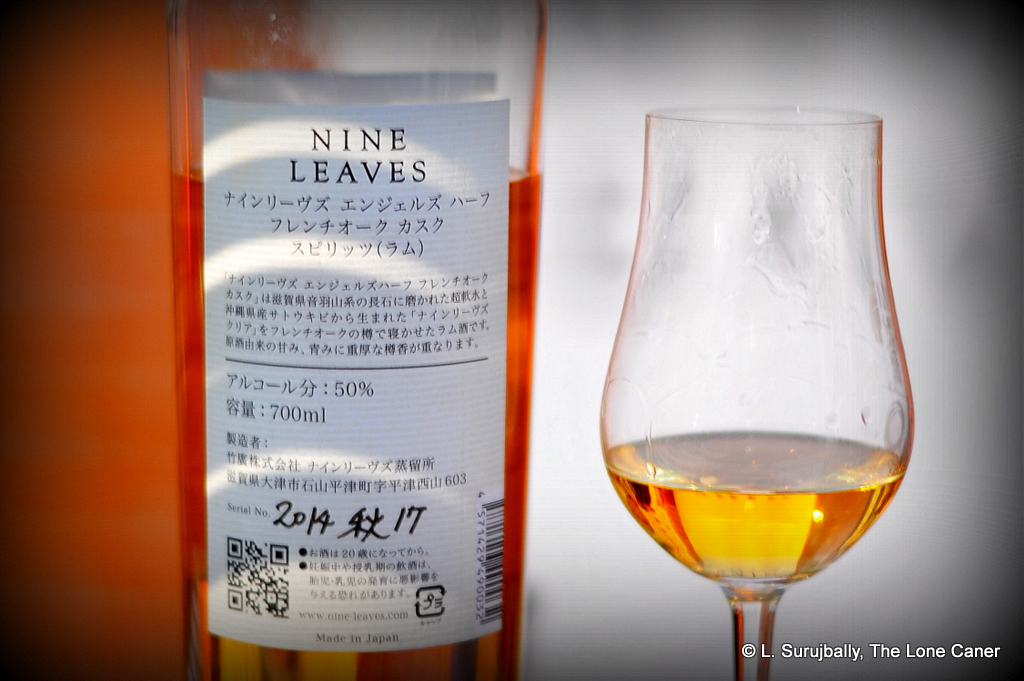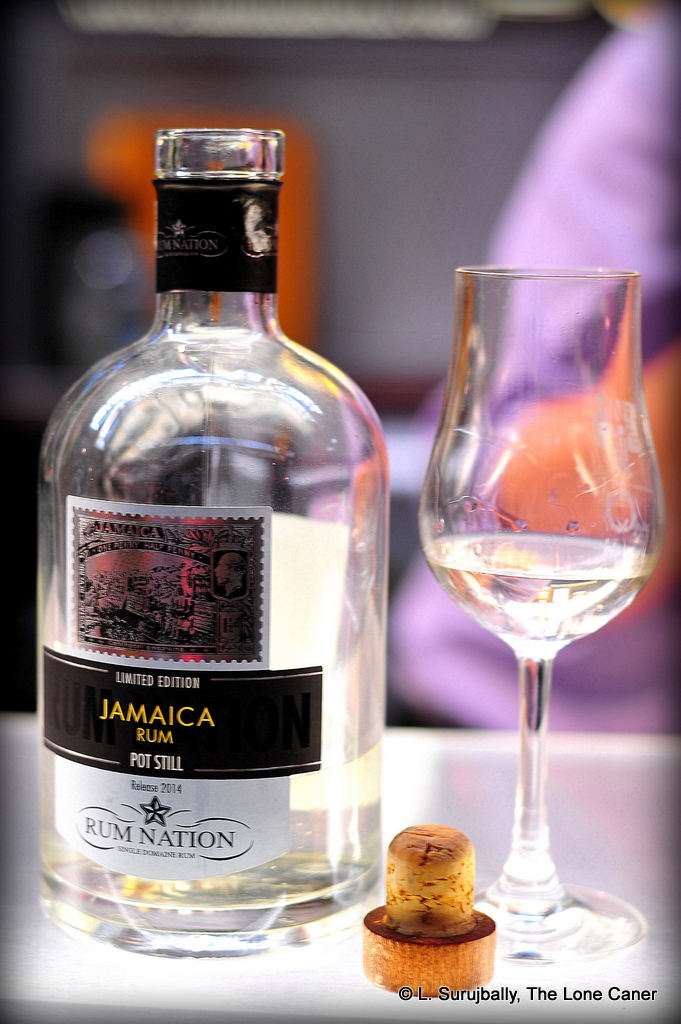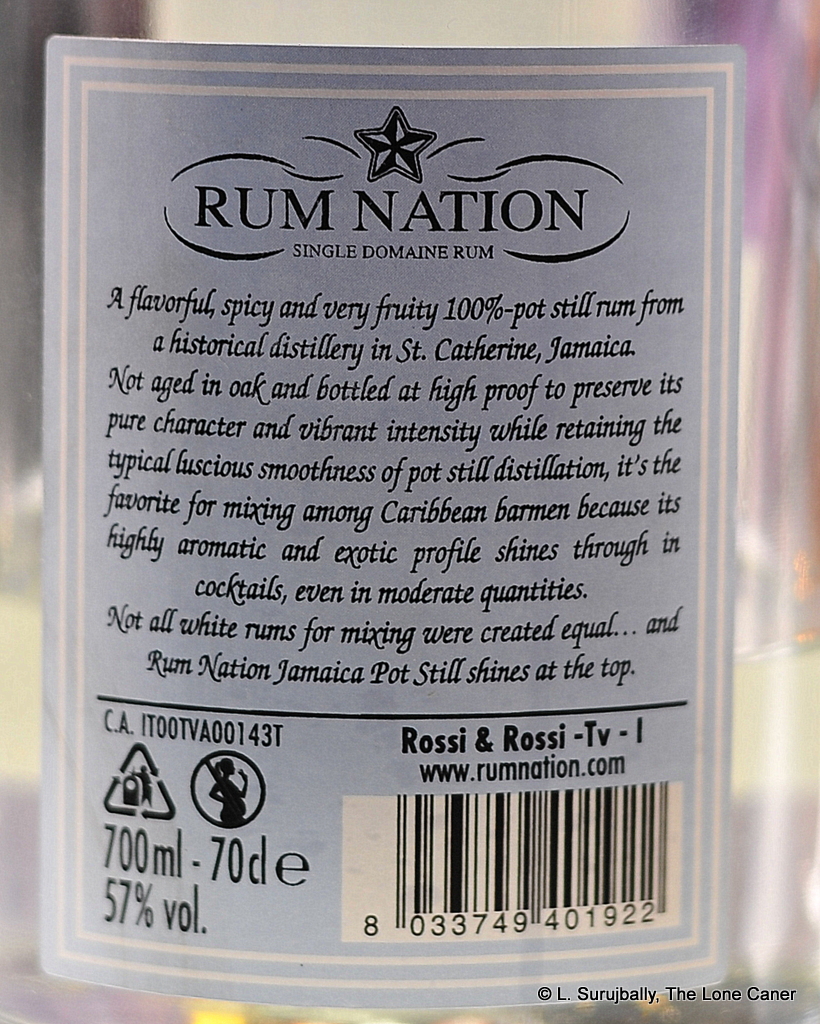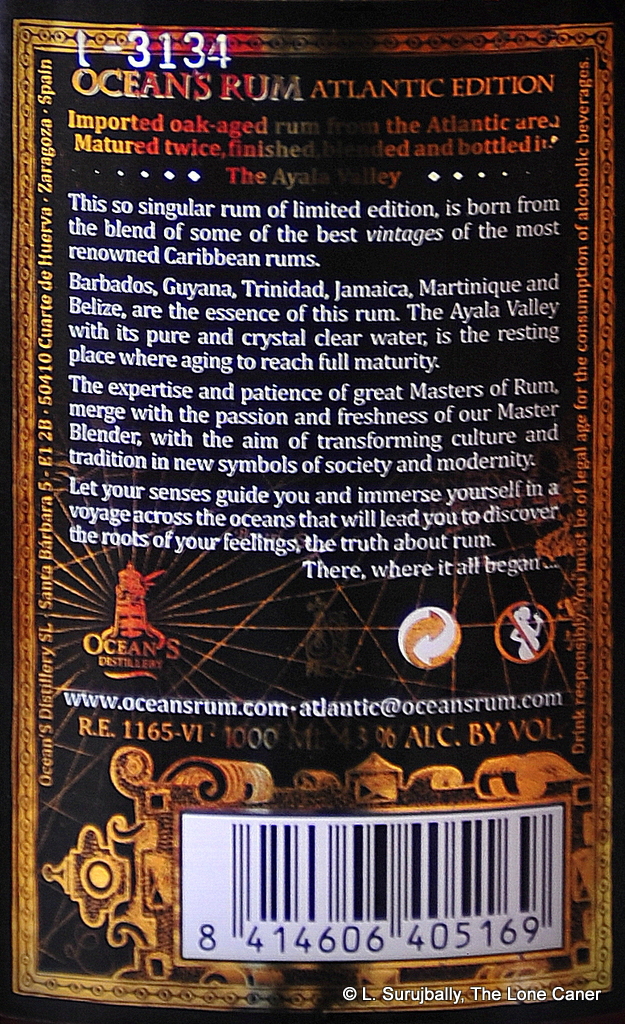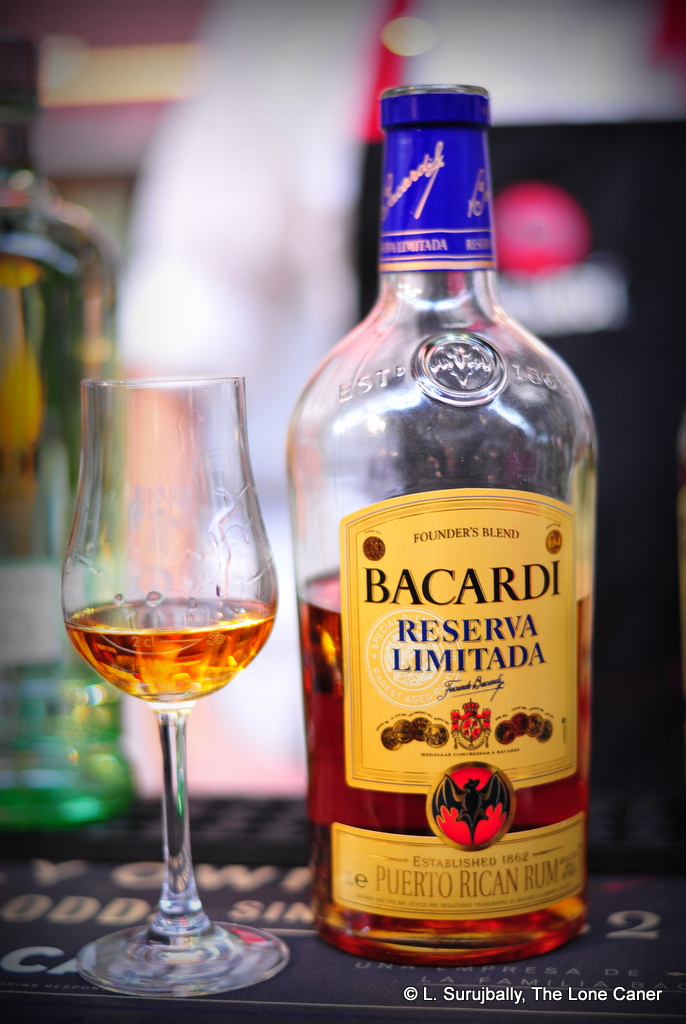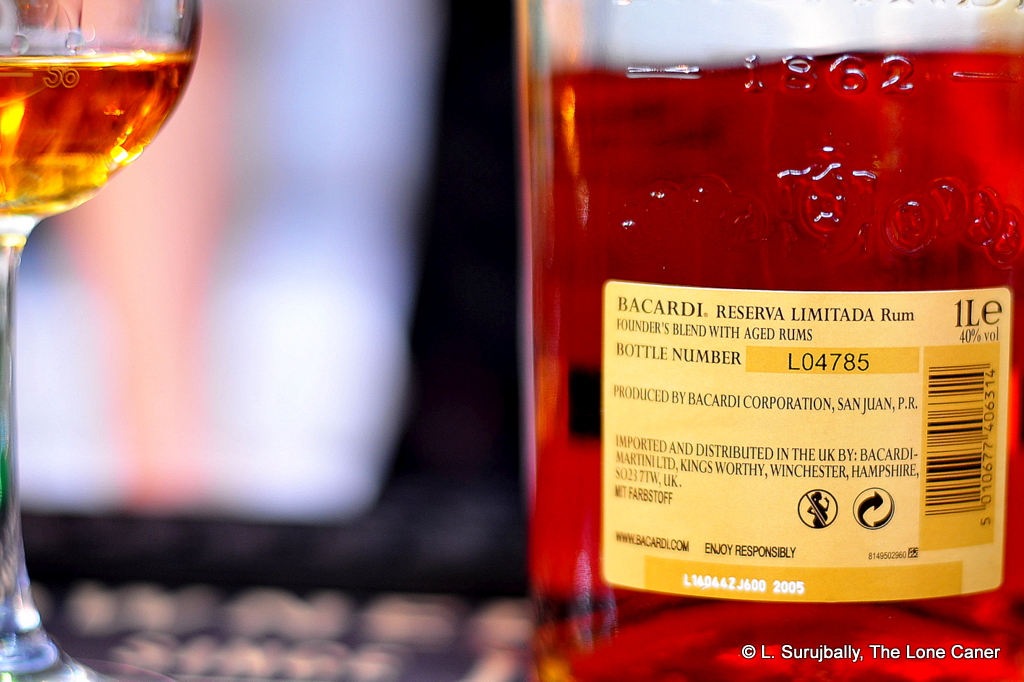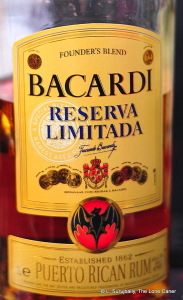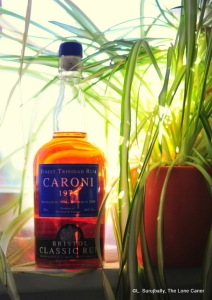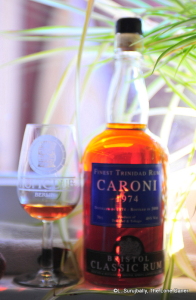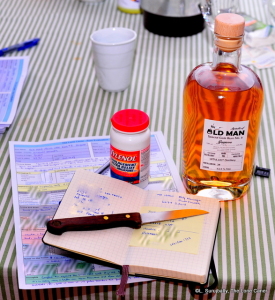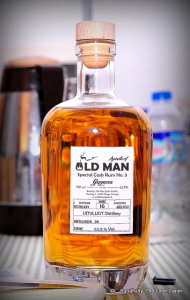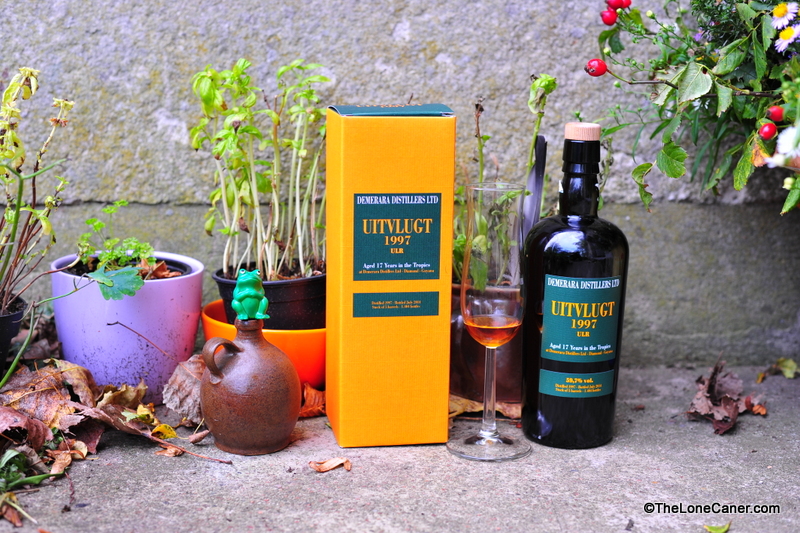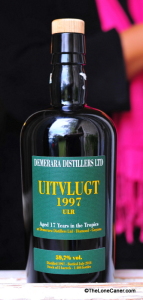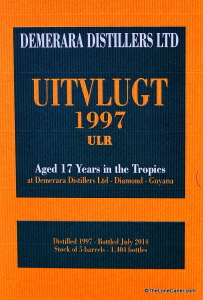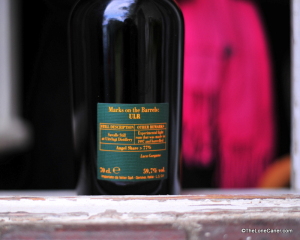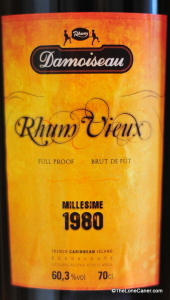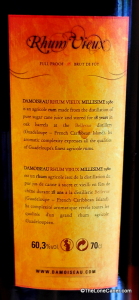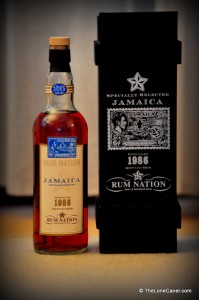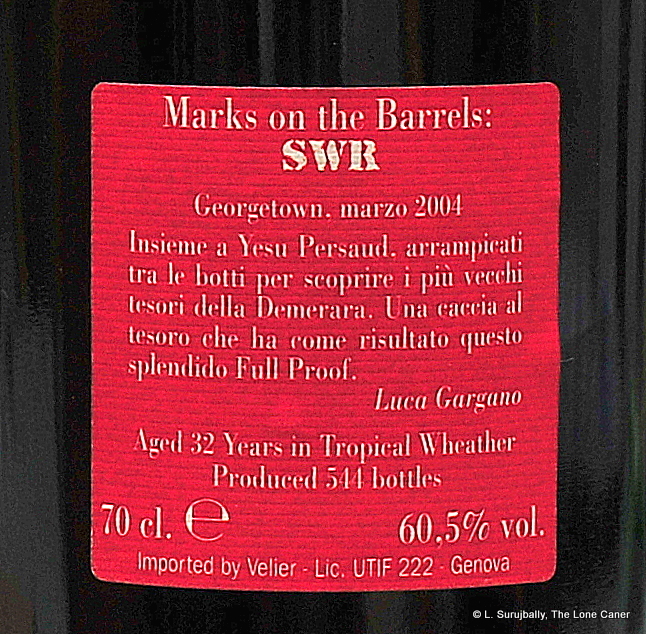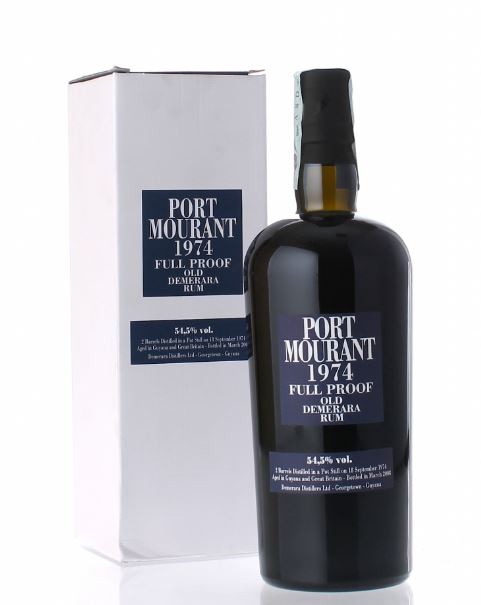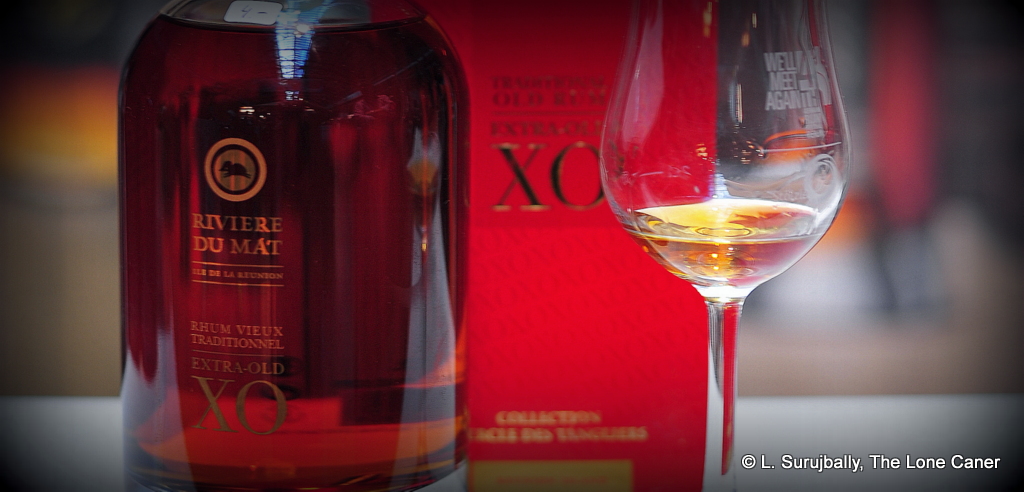
Soft, firm, tasty and an all ‘round excellent rum. It could have been stronger, but that doesn’t invalidate the quality of what you do get.
Sometimes a positive review leaves me glumpish. This is a great rum, older cousin to the also interesting Grande Réserve, well put together, subtle, classy, soft, and possessing a real good taste…yet I guarantee that my inbox will be filled with grumbling queries as to why I bother writing about rums many can’t get. In fact, the majority of people reading this will ask variations of “So?”, “From where wuz dat again?” and the final resigned snort of annoyance, “Well, if me kian gettit, me nah want it.” And believe me, I feel for you guys.
Rum like the Rivière du Mât XO, made on the Réunion island in the Indian Ocean east of Madagascar, gets shipped and sold primarily in Europe, and a few places further afield. Therein lies part of the problem, I think. Not many in North America (or Asia for that matter, because that place has a massive tippling class) will have ever heard of this rum, or seen it, or had a chance to taste it. It’s not on their shelves, and doesn’t get reviewed often enough, and therefore you can just see some poor rum-loving guy in Kansas, in Manitoba, or Bumpole City in Noplace county, shrugging his shoulders and turning to the Lamb’s or Sailor Jerry. Because what choice does he have? There aren’t enough people trumpeting the “other stuff” and (worse yet) nobody imports it.
And that’s a real shame, because when I uncorked the XO, well, lemme tell you straight out, for a rum bottled at a relatively fluffy 42%, the nose on this thing was good. Raisins and dates, nicely dried, real solid richness wafted gently into my schnozz, morphing into new chopped fresh and fleshy fruits: peaches in cream. Vanilla and caramel and white flowers entered stage right and took their bow in the spotlight, and through it all was a really odd steely hint of tonic water…you know, the type you add to your gin. Sultanas and lemon peel finished things off. To say I was pleased would be understating the matter: I loved the thing. In fact, I nearly brained my wife with my glass as I swung around in overeager enthusiasm to get her to take a sniff.
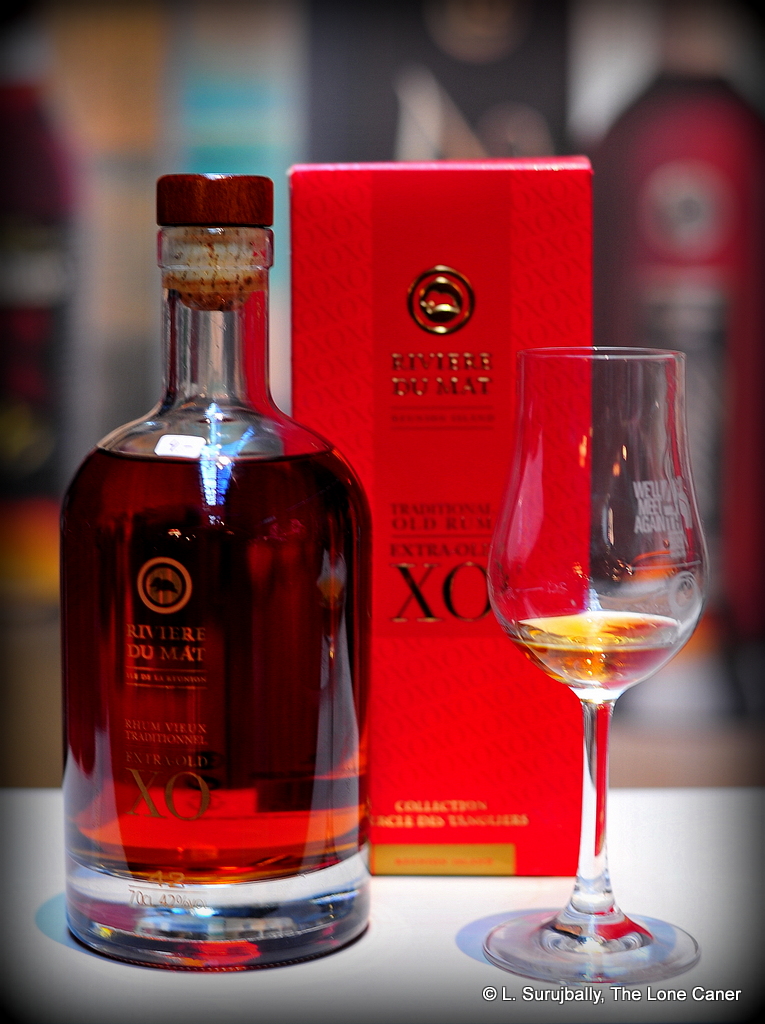
Oh and did I mention the taste? The palate is damned fine as well. Here the ageing became more apparent because mingling in the marketplace of more dried fruit, dates, figs, and mango — or guava — jam, was cigars, leather, some smoke, well integrated with the whole. The rum was medium bodied rather than heavy, yet displayed a lovely fullness to the tongue, akin to drinkable honey, that encouraged, nay, demanded, a second, third and fourth taste, and one that even a heavier molasses-drenched beefcake wouldn’t be ashamed to display. On a 42% rum of such soft pulchritude, I didn’t expect a long and lasting goodbye kiss, and therefore didn’t fault the easy finish too much – it was warm, breathy, didn’t outstay its welcome, and waved some unaggressive flavours of caramel, tobacco and raisins and caramel at me before fading away.
It’s a curious fact that while the company’s younger products are clearly noted by them as being agricultural rums, no such information is given for the older ones. And as I write this, an email from RdM comes in telling me that no, the older rhums are not agricoles, so consider the matter settled. The XO is a blend of five rums aged in Limousin oak – cognac – barrels (a lot of them are new), for between six to nine years, the average age being just over eight, and in this they may have done a segue from Plantation who have a similar ageing philosophy, albeit the more traditional ‘finishing’ approach of oak first and longest, and a quick sheep dip into the cognac.
Anyway, without undue effort, I’d have to say that I liked the XO more than the Grande Reserve however indifferent I might have been to the package, which seemed to be somewhat a step down…maybe it’s that glaring fire-engine red box, dunno – the bottle is fine. Still, I should really stop whinging, because for around fifty euros, this rum gives value for money, even if it can’t be found in many of the watering holes where dedicated rummies go to type annoyed emails to me. So maybe the best I can do is take another sniff and taste (maybe another two, or five) of this excellent rum from Reunion, drown my grumpiness, answer emails…and look forward to the Millesime 2004.
(#199. 87.5/100)
Other notes:
- I’ve covered the history and background of Rivière du Mât in the Grande Reserve review, so won’t repeat it here.
- The little hedgehog like device within the circular seal is referred to as a “tanglier”: the company notes that it is a legendary beast, inspired from the Tangue (hedgehog) and the Sanglier (boar). The tanglier symbolizes the alliance between strength and tradition; so a marketing thing, then, like Bundie’s polar bear.
